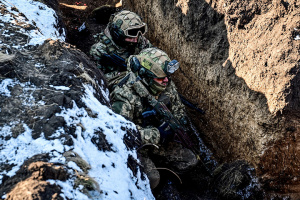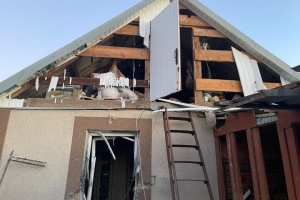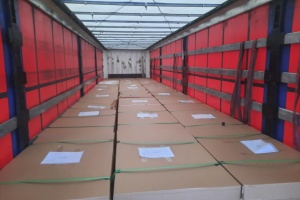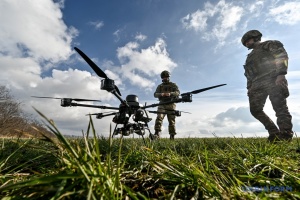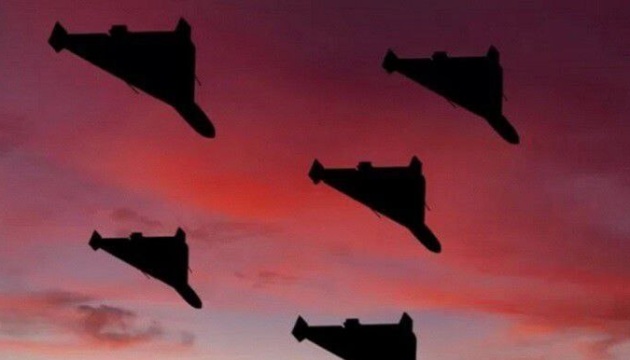
Sometimes "Shaheds" hit more, but efficiency with which they are shot down has not decreased
Russia has increased the number of attacks by Shahed kamikaze drones on Ukrainian cities. September was a record-breaking month, with 503 "mopeds" in a month. At the same time, a number of experts say that our air defense system has become less effective at shooting them down: previously, the efficiency was 85-90% and even reached 100%, but now the figure has dropped to 70-75%, and on some days - to 50-55%.
And in the context of drones, the idea that Ukraine is lagging behind Russia has often been voiced. They say that over the 19 months of the Great War, Russia managed to significantly strengthen this sector and continues to do so. And the question is immediately raised: where are our Lancets and Shaheds, why is the enemy attacking our territory 24/7 and we are not? Well, we will try to find an answer to such "reproaches" as well. Another popular expert, reserve colonel of the Armed Forces of Ukraine Roman Svitan, argues that we should not worry too much about this issue, because although drones did become a highly effective weapon of modern warfare at some point, this phenomenon is temporary: the development of electronic warfare will soon critically undermine the influence of UAVs on the war, and thus the decisive role of classical weapons - aviation, missiles, tanks, artillery, etc. - will return. Is this true or not? Perhaps the truth is somewhere in the middle? What can we objectively say about this?
Have we really become worse at shooting down Shaheds?
It's not true, or rather, not really. We counted the number of enemy drones launched and shot down in September. What did we get? The result is that the effectiveness of Ukrainian air defense remains at 80%. That is, the figure of 70-75% is not true. As for some days, yes, it is true. For example, on the night of October 1 [however, we will count this as the previous month, since the launches took place at 20:30 on September 30], the occupiers launched 30 Shaheds at Ukraine, of which 16 units or 53% were shot down.
Next, the number of enemy UAVs.
As already mentioned, September was a record month with 503 "mopeds" in a month. The previous record was set in May, when the Russians used 413 kamikaze drones. This was followed by a drop in the intensity of attacks: 197 in June, 246 in July, and 167 in August.
What does this mean?
"I can't say yet that this figure is the result of the launch of Shahed-136 production in Russia, because according to available information, they have big problems with this production. In the first half of 2023, the Russians planned to produce a pilot batch of 100 kamikaze drones at their facilities. But they failed to do so. The deadline was disrupted because the production is highly dependent on the supply of smuggled spare parts, and Russia will not be able to start a closed cycle of Shahed-136 production from scratch in the near future," Oleksandr Kovalenko, a military observer of the Information Resistance group, comments to Ukrinform.
Has Iran increased its production volumes, as a result of which Russia was able to increase the intensity of its strikes? In a sense, yes, but with nuances.
The fact is, the expert says, that when Russia turned to Iran for Shahed-136 supplies, the production capacity - exclusively manual assembly - allowed for the assembly of up to 50 Shahed-136s per month. By the end of 2022, Iran was able to increase production to 100 Shahed-136s per month. It is possible that as of May, this figure reached 150-200.
"I should note that in February, March, and April, the intensity of strikes was below 100 units per month. The Russians had the opportunity to accumulate ammos. For this reason, the September attack could have been a record-breaking one, as a result of the use of the accumulated ammo. However, this does not negate Russia's attempts to establish its own production and regular supplies of kamikaze drones from Iran," Mr. Kovalenko emphasized.
Next. In September, the majority of all strikes were in Odesa region, the Danube port infrastructure and grain hubs. Other southern regions (Dnipro, Mykolaiv), northern regions (Sumy, Chernihiv, Kharkiv), and a little less frequently, western regions, are also constantly affected by the "Shahed".
In some places, the "mopeds" are shot down, but in others, unfortunately, not always. Why is this happening?
Ukraine's territory is large, and you can't cover every meter: more air defense systems are needed
One of the reasons for the problems is that the enemy is constantly experimenting with UAV strikes, which fly different routes, sometimes in circles, enter from one side, fly over, then return again. In other words, they are always trying to avoid our air defense systems.
"We realize that we cannot cover every square meter. But we are trying to deploy mobile firing groups and air defense systems at distances that allow us to cover and insure each other," Lieutenant General Serhii Nayev, commander of the Joint Forces of the Armed Forces of Ukraine, told Focus.
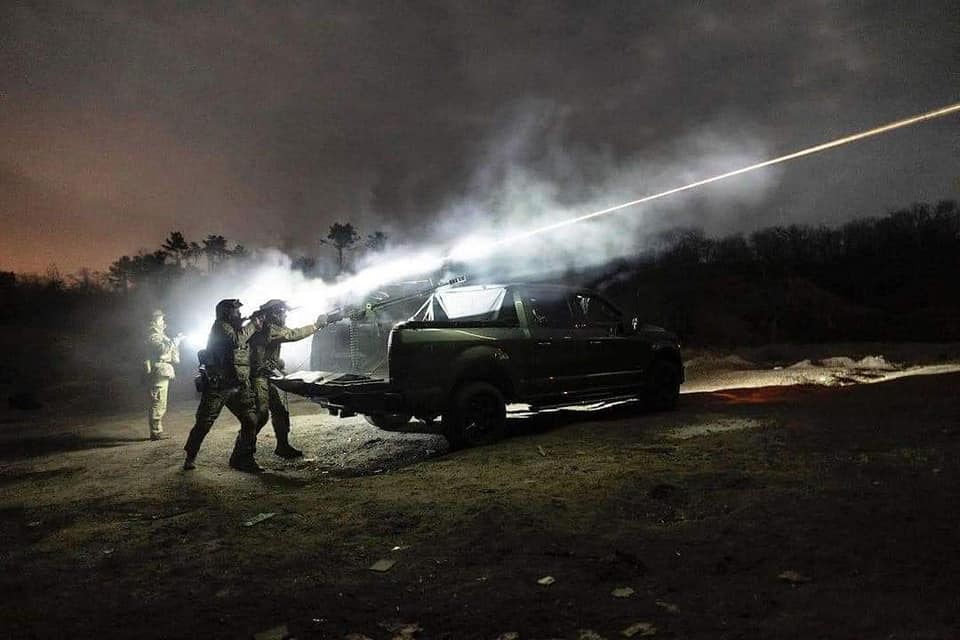
Of course, the territory of Ukraine is very large [like the area of 27 Israeli states], and there are not enough systems in the world to cover every square meter, as Mr. Nayev says. However, it is possible to protect strategic sites and key cities in a pinpointed manner. To do this, we need to increase the number of mobile air defense groups. It is also necessary to increase the number of Gepard, Skynex systems and their analogues.
"We have managed to develop effective algorithms for intercepting these drones using mobile groups and short-range systems such as Gepard, "Shilka", and "Tunguska". If the situation is somewhat more complicated, then Stormer or Crotale air defense systems are additionally involved. - says Oleksandr Kovalenko. - "Today, our air defense system has a fairly high level of interception of Iranian "cans". Moreover, we were able to reach a level where the price of a drone, which costs an average of 40,000 dollars, is actually equal to the price of its destruction. That is, expensive medium-range missiles are much less likely to be used to counter such targets. The Russians understand this, so they are experimenting with routes, in particular, using the airspace of other countries, as was the case, for example, during the attacks on the Izmail and Reni districts of Odesa region."
By the airspace of other countries, we mean, in particular, Romania, whose Ministry of Defense reported that its military radar system had detected a possible violation of the country's airspace during the Russian drone attack on Ukraine on the night of Saturday, September 30. By the way, the wreckage of Russian drones has been found several times in Romania. Because of this, Bucharest decided to move its air defense systems closer to the border with Ukraine on the Danube River.
"In addition, the Russians are now actively using the south of Odesa region - those areas where there are swamps or lakes or rivers, that is, where it is impossible to involve mobile groups in pickup trucks with large-caliber machine guns and man-portable air defense systems for interception," the analyst says. - "When the enemy is looking for new routes, experimenting, the effectiveness of air defense decreases accordingly. Because how can a mobile group intercept a drone when it is flying over a swamp and cannot be reached by machine guns? Local spies - they exist - tell their handlers where the air defense systems are located. And then they plan routes to avoid these facilities."
But all this does not mean that the quality of our air defense has fallen. Or that the Russian Federation has better drones.
"This means that they are experimenting, and that we need to quickly adapt, to work out countermeasures," he added.
This is Mykhailo Samus, director of the New Geopolitics Research Network: "For 30 years, our Western partners have been preparing for peace, they did not expect to see such a war in the center of Europe. A country that used to produce a few Gepard systems per month cannot just start producing dozens of them. To do this, it is necessary to build or restore additional production lines. This is a reality that does not change by magic. However, it's not all bad. The other day, we heard that the Australians will give us 10 Slinger combat modules, which are needed for anti-drone gun trucks, and the Germans will give us about 15 more Gepard. This means that we will have the opportunity to further distribute these systems across Ukraine and create mobile groups. As a result, our air defense system will be even more flexible, adaptive and comprehensive."
Are there really more attack drones in Russia, will the development of electronic warfare change the situation?
"Regarding Russia's superiority in drones, in particular, kamikaze drones, it should be understood that today many people understand them not only as Shahed-136, but also as Lancet. And the Lancet is not exactly a kamikaze drone, it is a barrage munition," says Oleksandr Kovalenko. - "Further, when someone says that Ukraine had enough time to copy the Shahed-136 or Lancet, I always recommend that such experts get off their asses and do it: "Take it and copy it!" Not in a week, a month, six months, but at least in a year. Obviously, these experts do not understand what a project is, its implementation, testing, and then the establishment of production."
Iran spent decades developing the Shahed for decades. Now they have established production, meaning that all stages, including testing, have been completed.
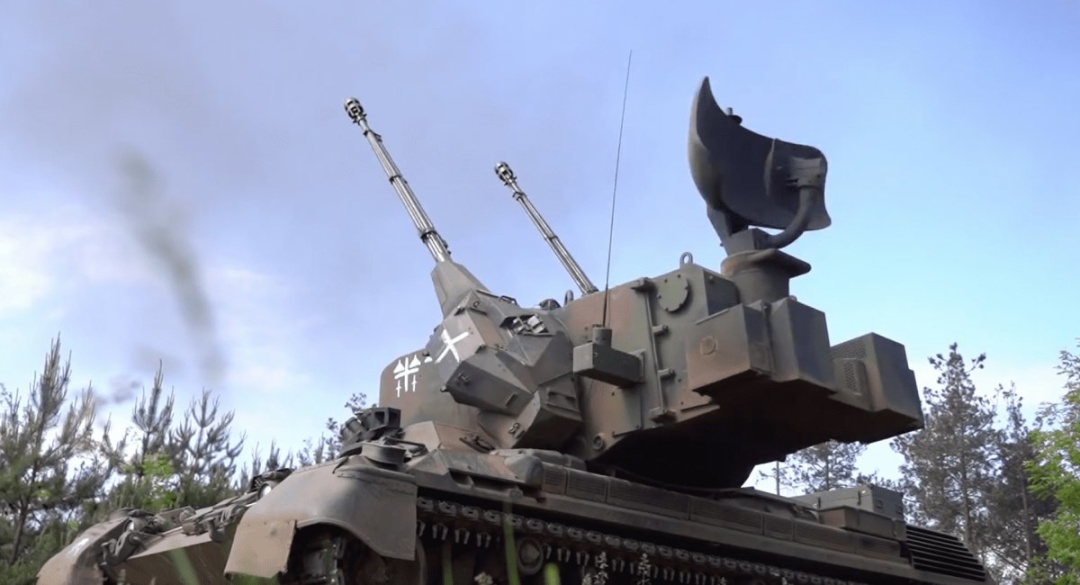
"Once again: Iran has spent many years on this. And for us, this is something completely new. Actually, not only for us, because no one has ever encountered this particular format of warfare before," the military observer emphasizes. - "The same applies to barrage munitions such as Lancet. The Russians copied them from Israeli drones. In 2019, Lancet was presented at an exhibition, and in 2020 it was already used in Syria. And we had no such projects as of 2022. It's impossible to just copy and paste and set up production very quickly."
On the other hand, Mr. Kovalenko says, we can indeed create our own drones: "However, even the much-talked-about "Bober" is currently undergoing testing [including combat testing on the territory of the Russian Federation]. That is, it is not a mass-produced drone, and we are not talking about 50-100-200 units per month. Or rather, it's not out of the question yet, because this is just the beginning. We need to wait until we can reach the appropriate production levels, and not say that we cannot do something."
According to the expert, there are dozens or even hundreds of companies and organizations in Ukraine, both private and public, that are trying to make something competitive that would create parity in the issue of such munitions.
As for electronic warfare...
In a comment to Censor.NET, Serhii Beskrestnov, a military serviceman and specialist in electronic intelligence and electronic warfare, said that the Armed Forces of Ukraine are currently only 20% equipped with electronic warfare.
"All electronic warfare equipment can be divided into two categories. The first is powerful mobile systems that can fight Lancet-type attack drones. These are basic Ukrainian-made systems - Bukovel and Nota. We use them on all fronts," he says. - "The second type of electronic warfare is trench-based. First of all, these are anti-drone guns. This is what fighters use for localized tasks. They cannot suppress an Orlan or Lancet, but a Mavic can be easily suppressed. Unfortunately, we do not have enough large complexes or trench EWs. Our partners cannot help us with them. No one expected that the war would become so dependent on drones, and that electronic warfare would be needed on such a gigantic scale."
According to him, the partners are transferring their equipment, but it looks like this: two systems from Britain, two from the United States, and two from New Zealand. Some systems are tuned to one frequency band, others to another. And they do not fit together into one system: "Specialists need to be trained to work with each system separately. If only it were like this: one country, one manufacturer. Dozens of manufacturers come from America. It is very difficult to work with this "zoo" of equipment."
Are the production volumes of Bukovel and Nota increasing? Mr. Beskrestnov says that everything possible is being done.
"But you have to understand that such complexes are very expensive. They cost hundreds of thousands of dollars. Moreover, the EW does not stand still. Our adversary changes technologies, and we are forced to make new electronic warfare equipment. And what has already been produced cannot always be modernized. Imagine if we have launched electronic warfare on all fronts on one set of frequencies, and the enemy has taken and used a new frequency. And it turns out that we need to completely redo everything or introduce a new product. Is it possible to reconfigure the frequency? For trench electronic warfare, for example, it is impossible. The guns are generally made disposable, relatively speaking."

So, there are indeed problems with electronic warfare.
"But I don't think electronic warfare can critically undermine the impact of UAVs on the war," says Samus.
Why?
The military expert reminds that the combined guidance system of the "Shahed" can receive data from several navigation systems - GLONASS, Beidou, Galileo and GPS. The Russian-improved kamikaze drone is equipped with a CRPA antenna, which provides high resistance to interference. And if the signal from the satellites is blocked, the inertial system will come into play, which is not as accurate, but still works.
"Electronic warfare is not a panacea. If the Shahed does not depend on commands from the control center or GPS signals, but continues to operate according to the inertial scheme, then the electronic warfare system is virtually powerless. Thus, the role of unmanned platforms will only grow. And for those experts who believe that electronic warfare can solve everything or almost everything, I would like to remind you of such an interesting phenomenon as artificial intelligence."
Systems controlled by artificial intelligence will be able to operate in a very tough electronic warfare environment and make decisions independently, i.e. without contact with the operator. "Swarms of drones controlled by artificial intelligence are something that electronic warfare will not stop," the expert added.
According to Mykhailo Samus, the "drone-centricity" of the war will increase, and if someone thinks that it is possible not to invest in drones, they will lose: "Ukraine needs to invest billions of dollars in the development of air, sea, and ground unmanned systems.
We are now in a war that has already "hybridized" the First and Second World Wars, as well as our Great War of the 21st century.
"The drones that the Iranians have been able to produce under sanctions are very dangerous - this is a huge challenge not only for Ukraine, but it is a challenge for the entire Western world, for civilization as a whole. The world is in a stage of transformation: just as there was a transition from horses to tanks, so now there is a gradual transition from tanks to drones. How many drones did European armies buy two years ago? Maybe 10 units a year. And how many programs have been implemented to create long-, medium-, and short-range drones, i.e. tactical drones? Only a few. "At the level of research, not mass production," reminds Mr. Samus. "Now that Ukraine has announced that it plans to produce 100,000 FPV drones [they are controlled by a pilot watching the image transmitted to him from the drone's camera]. Isn't it?"
Electronic warfare equipment protects and creates problems for the enemy, but it is not enough to win.
"Electronic warfare is one of the elements of air defense. And victory is primarily about offensive weapons. We have to hit hard. We need hundreds of thousands of drones. One for every Russian soldier. 10 for each Russian tank. Only then will it be possible to say that the resources of the Russian Federation, which it accumulated during the Soviet era, will be simply destroyed. The enemy says that it is able to mobilize 1 million "meat carcasses", and we are able to launch 500 thousand FPV drones at them. Is this realistic? Each drone costs around $500. So, in fact, $250 million for 500,000 drones is not that expensive, but it solves a lot. " the military expert emphasizes.
We do not have to act symmetrically. Think outside the box, as the British say. If the Russians want to outplay us with a mobilization reserve, we should not try to respond in kind.
"Let's find a way to cut through this 'meat' without monkeying around with World War I. We will follow the path of the twenty-first century. Why risk a serviceman of the Armed Forces of Ukraine if enemy equipment or personnel can be destroyed with the help of an FVP drone?" - calls Mykhailo Samus.
Myroslav Liskovych, Kyiv


